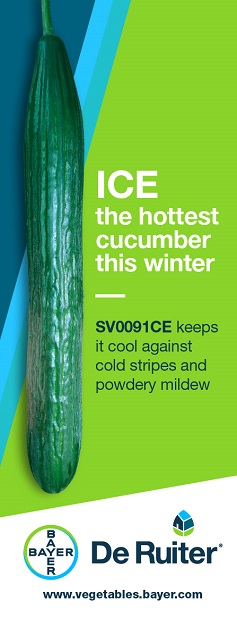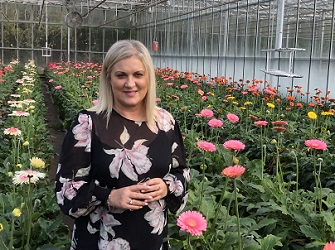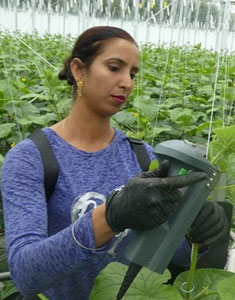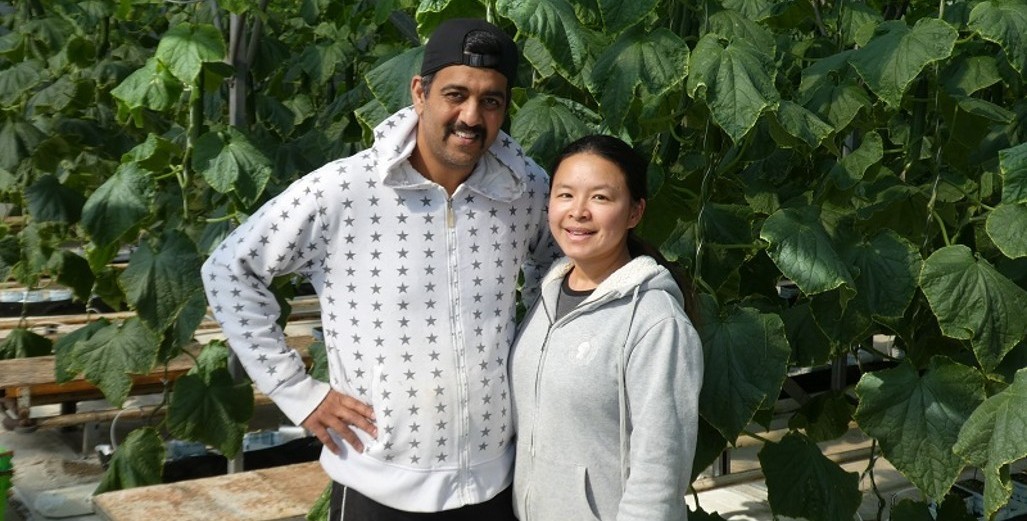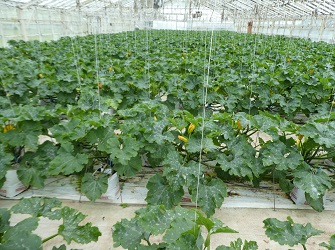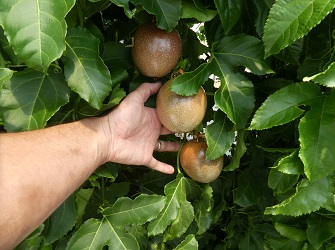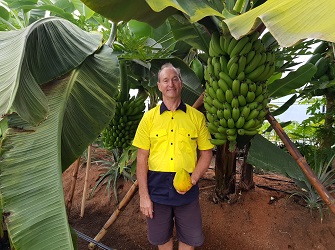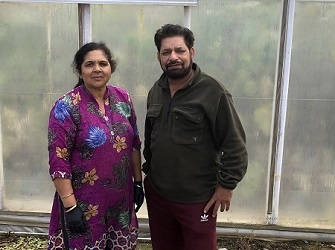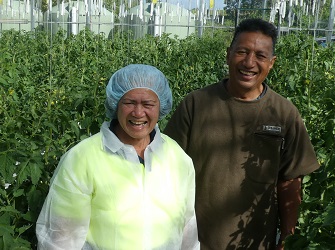Sign up here to subscribe to the Grower2grower Ezine. Every two weeks you will receive new articles, specific to the protected cropping industry, informing you of industry news and events straight to your inbox.
Sep 2024
Geoheat Potential of the Tauranga Geothermal System
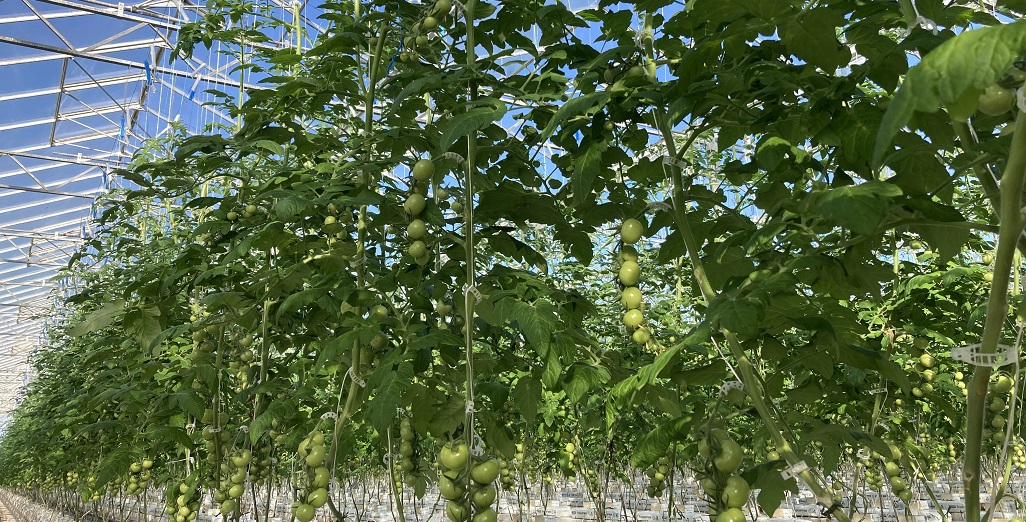
The report identified that a key factor contributing to the underutilisation of available geoheat is a lack of awareness of the presence and potential of the resource
The Tauranga Geothermal System (TGS) covers an area of approximately 875 km2 in the western Bay of Plenty1 on the east coast of the North Island of New Zealand. It is classified as a low temperature geothermal system, or perhaps more accurately, as a groundwater system that is warmed by underlying geothermal influences. The groundwater temperatures in this area range from approximately 15oC in the absence of a geothermal influence up to a maximum recorded temperature of 70oC. Approximately 70% of consented wells are shallower than 200 metres and the deepest well is at 916m.
As geothermal waters ranging between 30°C and 70°C are not sufficiently high for electricity generation, the focus of this report is on how to extract value from this low temperature geothermal resource in the form of renewable and affordable heat. Using geothermal heat in this way is often referred to as ‘geoheat’ and this term is used throughout the report.
Existing uses of the TGS include heating of public and private pools, some space and water heating, and irrigation – where the heat of the water is of no additional value. By comparison, international applications access low temperature geoheat at depths of 2km-3km, often deeper, to replace gas heating for whole districts and light industry (Section 5.2). As such, the renewable geoheat resource in the TGS is currently underutilised, and thus, this report posed two questions:
- Could the western Bay of Plenty use its comparatively shallow low temperature geothermal resource to its strategic advantage as the region develops? and
- Importantly, how can this be done sustainably?
The report identified that a key factor contributing to the underutilisation of available geoheat is a lack of awareness of the presence and potential of the resource. By this we mean a lack of knowledge about different end uses of geoheat (covered crops, light industry, residential and commercial heating and cooling, or district schemes with multiple end-uses), different technology applications (direct use or heat pump assisted, closed or open loop), sustainable management practices, and even a lack of knowledge of the full breadth and depth of the TGS. This is symptomatic of a general lack of awareness of low temperature geothermal uses in New Zealand. There is clearly a need for increased communication on the geoheat opportunities, not just in the western Bay of Plenty but across New Zealand.
Most existing consent holders use the geoheat they access ‘directly’ (or not at all as per irrigators), meaning the heat they access matches or is higher than the end temperature needed. This report presented that heat pump assisted geoheat installations (referred to as ‘indirect’ geoheat – Section 6.3) are well suited to the TGS. Benefits of ground source heat pump (GSHP) use with geothermally enhanced groundwater are:
- A high efficiency system compared to other heating systems;
- More flexible and wider application as they do not rely on subsurface temperature. The GSHP will work with source temperature and deliver required temperature efficiently;
- Potential to access shallower groundwater which may reduce drilling depth requirements and thus expense;
- The GSHPs will maintain delivery temperature even if natural variation in the subsurface occurs;
- Can cool as well as heat;
- Industrial high-temperature GSHPs are technically advancing and now capable of delivering 150°C (see EECA, 2024 case study at Port of Tauranga); and
- A less extractive use of the resource and thus conducive to sustainable management.
To increase awareness of the TGS and to identify the most suitable and sustainable applications, Section 7 includes a series of maps that broadly characterise the potential of the TGS. Highlighted on these maps are key future development / growth areas that are outlined in SmartGrowth (2024) and an assessment of the geoheat potential for each development is summarised in Section 10.1.4. The potential for district heating and cooling schemes is favourable for most of these future developments / growth areas, positively reflecting the available resource that is the TGS.
The report also highlights potential for significant emissions reduction by utilising geoheat for commercial and industrial purposes, including at the Port of Tauranga and Rangiuru Business Park. Being able to access clean and affordable heat for commercial and industrial purposes could be an attractive value proposition for economic development of the region. Additionally, a favourable assessment was also made for a district scheme in Tauranga City centre that connects the remaining public buildings in Te Manawataki o Te Papa.
By building an understanding of these maps and their limitations, and of geoheat technology, this report can be used by stakeholders to better understand the geoheat potential of the TGS. It can also be used to strategize geoheat prospecting and development efforts for individual buildings or at a district level. It is important that subsurface data collection improves and that these maps are regularly updated for public access. As these maps improve, they will reduce the risk of investing in geoheat. Better data will improve understanding of the TGS from an extraction and management perspective.
Strategically using geoheat to the region’s advantage can and must be done sustainably, in a way that is consistent with regional and district policy (Section 9). Adopting best practise principles is critical for balancing an increased uptake of geoheat systems within the TGS with its long-term sustainable management. The report outlines how important it is to ensure good system design, appropriate technology selection, and ensuring compliance of installation techniques (Section 9.4).
The majority of international examples of district geoheat schemes involve the public sector to some degree. Therefore, it is likely that in order to ignite a geoheat future for the western Bay of Plenty, where multiple residential and industrial district schemes operate, support and leadership from local councils and central government will be required.
In conclusion, the TGS is an accessible source of sustainable thermal energy that could provide significant energy, economic, environmental and health benefits to the region. However, it is relatively unknown as a resource and further research and data collection is essential to sustain the resource for the future.
To read the full Preliminary Scoping Report click onto the PDF below
Geoheat Potential of the Tauranga Geothermal System July 2024 FINAL

CLASSIFIED
Photo
Gallery
Subscribe to our E-Zine
More
From This Category
Decarbonising covered crops with low temperature geothermal resources
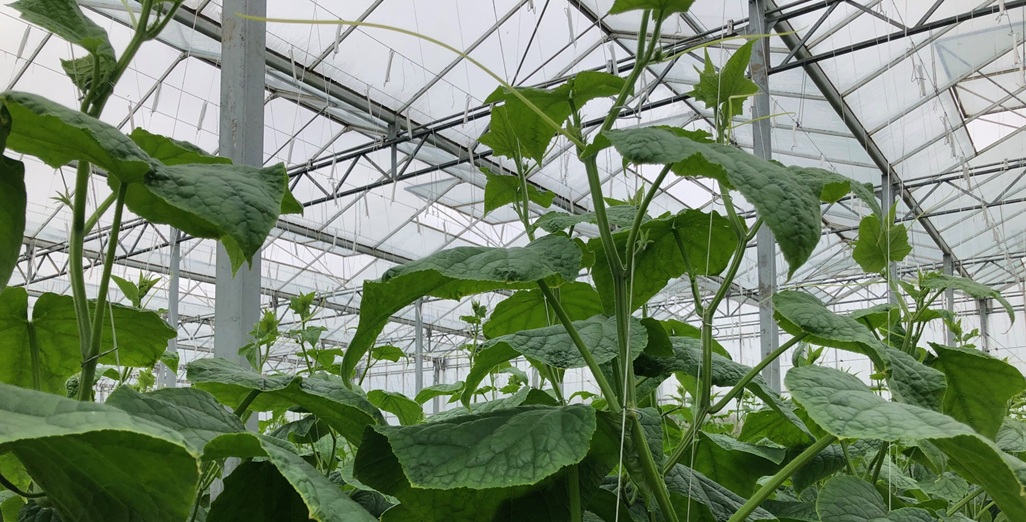
79.2% decrease in Emission Trading Scheme (ETS) allocations for South Auckland Cucumber Grower
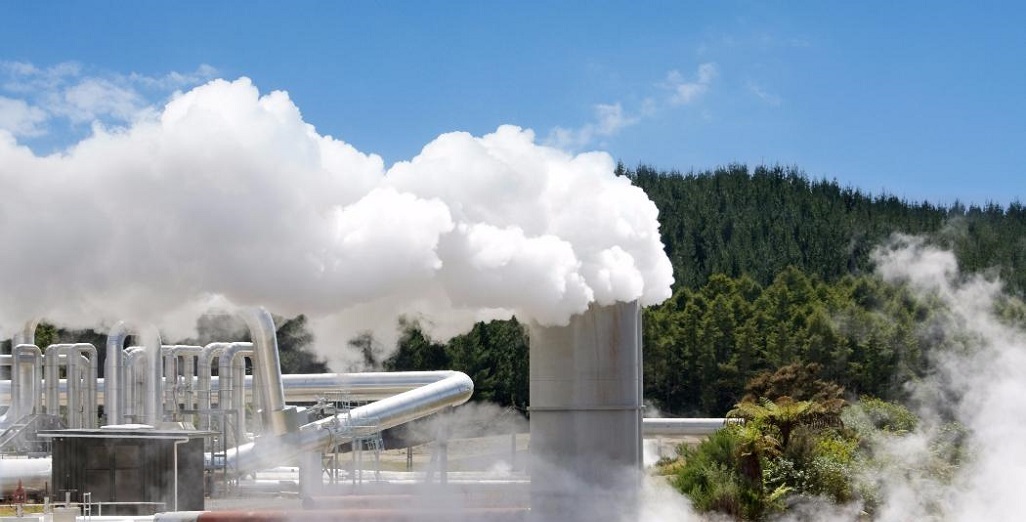
Web based tool to help growers switch to geothermal heating

2024 – The NZ greenhouse energy sector Grower2Grower report

Direct Air Capture (DAC) is now a reality— Onsite CO2 generation scalable for both large and small operations





















